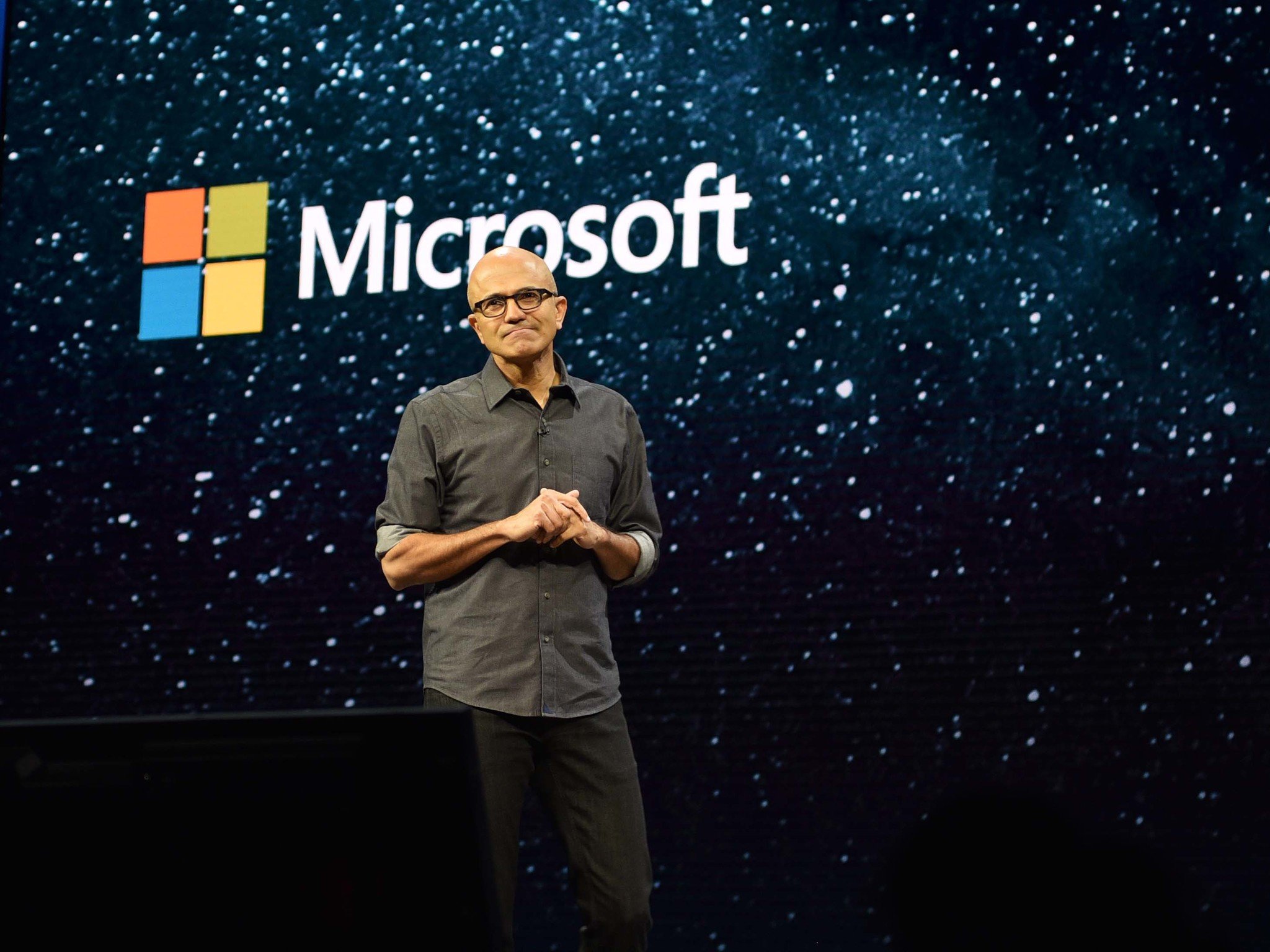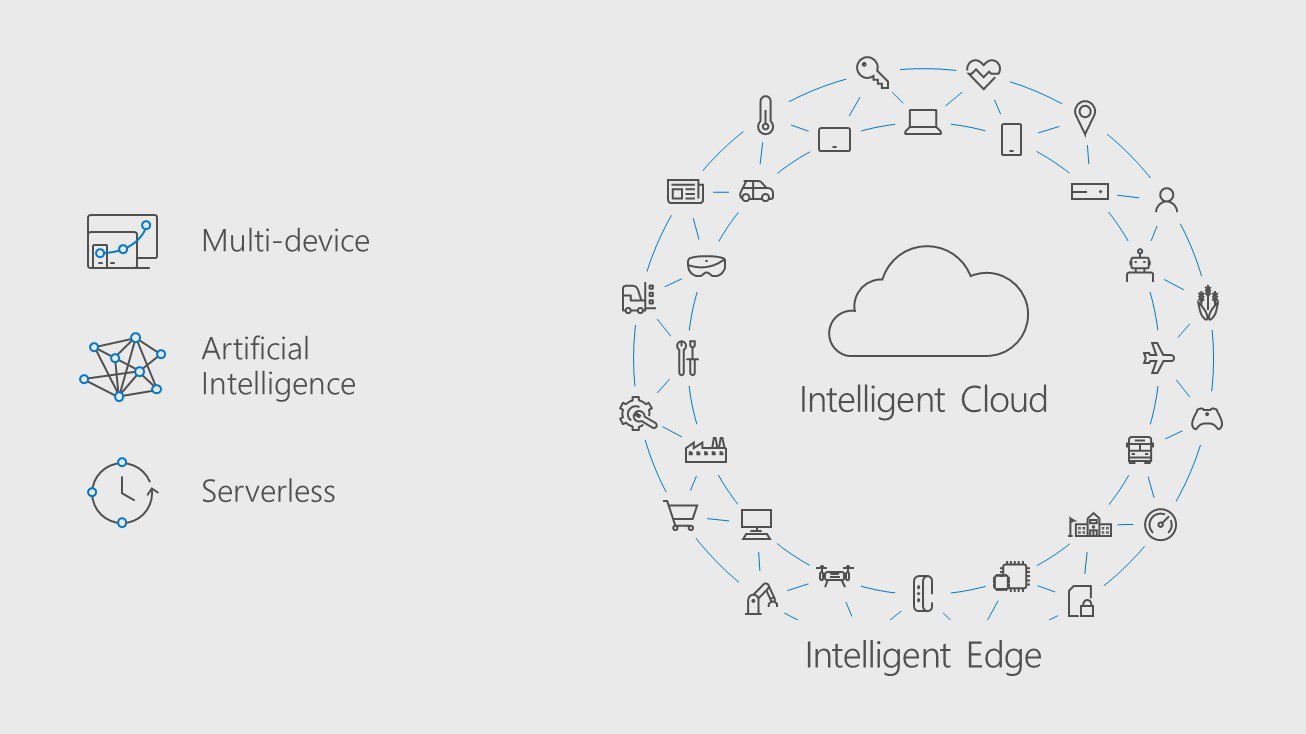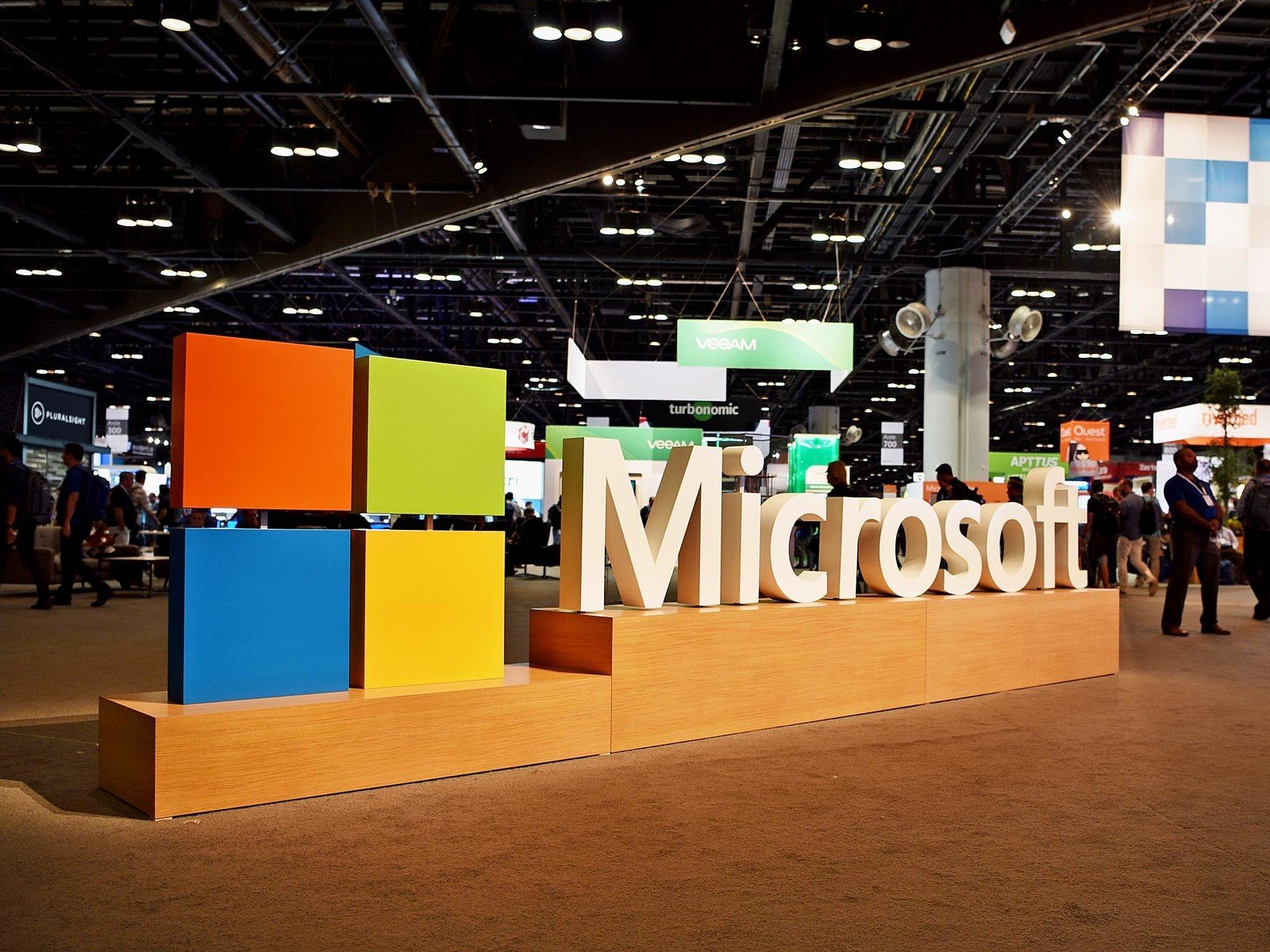Microsoft's 'intelligent edge,' and how it impacts the world
Microsoft's recent reorganization emphasizes the company's focus on the intelligent cloud and intelligent edge.

Cloud computing has moved from "the idealistic next step in computing" advocated by tech companies, to the pragmatic beginning of an intelligent infrastructure with real-world impact and a clear path for growth. Edge computing is arguably the natural evolution of remote computing in the intelligent cloud and local computing on Internet of Things (IoT) devices and consumer electronics.
Many have argued that Microsoft's cloud investments are too far removed from users to have meaningful impact and that edge computing is little more than technical lingo. Those people are wrong. Microsoft's cloud computing investments have real-world impact, and its complementary edge computing strategy is doing the same.
What Microsoft's cloud focus means to you
What is edge computing?
Edge computing refers to the processing of data at the edge of a computer network (cloud), closer to the source of data. To better visualize the intelligent edge one must have a picture of cloud computing. Cloud computing is using a network of remote Internet-hosted servers to store, manage, and process data, rather than local servers or personal computers.
Microsoft's cloud helps companies monitor and maintain equipment, provides infinite storage for enterprise and consumers and merges data from multiple points in a network. Microsoft brings further value to its cloud by empowering its edge via Azure IoT Edge.
With Azure IoT Edge Microsoft moves certain processes that would normally occur in the cloud to devices on the edge of its network. Azure IoT Edge is an IoT service built on top of IoT Hub, which is part of Microsoft's IoT Suite that companies use to manage integrated devices.
Technically speaking Microsoft's Edge solution runs on Linux and Windows and is facilitated by using the Azure IoT runtime that runs on the devices and manages workflows. A workflow is a set of linked containers that developers can use to create an end-to-end scenario. Microsoft is working with cloud providers to bring services like Machine Learning, Stream Analytics and Azure functions to the Edge. Furthermore, Azure IoT scales from devices as small as Raspberry PI to server grade devices. Microsoft's Edge computing solution is designed to be OS independent as it is simply a piece of software running on the Edge.
Get the Windows Central Newsletter
All the latest news, reviews, and guides for Windows and Xbox diehards.
What's driving Microsoft's Edge computing investments?

Image Credit: Microsoft
No company makes substantial investments in a particular technology without first assessing the industry's direction. Consequently, Microsoft said in a blog post last year that: "In just two years, 45 percent of all data created by IoT will be stored, processed, analyzed, and acted upon close to or at the edge of the network. And in just three years, 5.6 billion devices will be connected to an edge computing solution. By 2020, it's predicted that 50 billion things will be connected to the Internet."
Not only does Microsoft not want to be left behind, but it also wants to lead in this space. With a cloud position second only to Amazon, it is moving aggressively toward that goal. Microsoft also identifies the following as drivers for its edge investments:
- A Multi-device world.
- Artificial intelligence.
- Serverless computing.
Microsoft's cloud recognizes individual devices on its edge. The Azure data linked via the edge allows Microsoft to improve AI (and Cortana) which is an integral part of its cross-platform edge computing strategy. Microsoft wants to bring intelligence and insights to devices connected to its edge to bring value to customers and consumers.
Edge computing's real-world impact
Microsoft touts that dozens of companies have embraced it Azure IoT Edge solution. Here are a few of those companies:
Sandvick Cormont
Sandvik uses Azure IoT to predict equipment maintenance needs and proactively shut devices down pending failures.
Schneider Electric
Microsoft worked with Schneider Electric to develop sustainable farming in New Zealand. The company used cloud and edge to increase yield while reducing water and electricity costs.
DroneWorks
Japanese company DroneWorks uses Azure IoT Edge and Hub as a secure, scalable solution to collect and analyze flight data from its drones sensors. This will help the company build a standardized industrial drone management system that predicts maintenance needs and malfunctions.
BlueMetal Insight Company
BlueMetal, IndyCar Racing and the Indianapolis Motor Speedway used Microsoft's solution to build an app that delivers real-time information from inside the cars as they race, directly to the hands of fans.
Ecolab
Microsoft and Ecolab are using Azure IoT to help industries around the globe find solutions to the problem of water scarcity.
Living on Microsoft's Edge

Microsoft's cloud and Edge investments are more than a collection of ambitious goals and tantalizing buzzwords. They are real investments with real-world impacts. For an interconnected multiplatform world, Microsoft's investments in the technology that brings all platforms and experiences together is both timely and forward-looking.
Jason L Ward is a columnist at Windows Central. He provides unique big picture analysis of the complex world of Microsoft. Jason takes the small clues and gives you an insightful big picture perspective through storytelling that you won't find *anywhere* else. Seriously, this dude thinks outside the box. Follow him on Twitter at @JLTechWord. He's doing the "write" thing!
